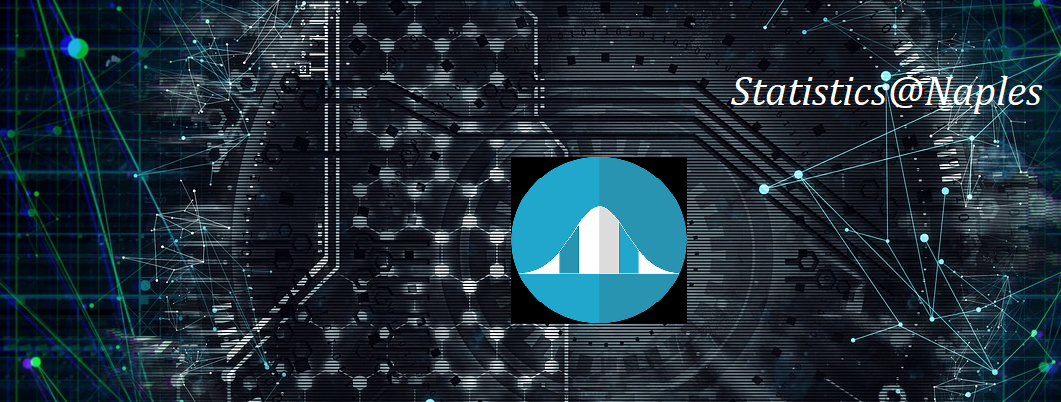Speaker
Description
The use of networks as a tool for studying complex
systems gained popularity in various scientific disciplines. In the past decade, the ``network takeover'' reached psychology, and networks were utilized to abstract complex psychological phenomena. In psychopathology, a network-based framework known as the network theory of mental illness, posits that mental disorders emerge as systems of causally interacting psychopathological symptoms. According to this framework, symptoms and other psychological or sociological factors are nodes in a psychopathological network, and the absence of an edge between two nodes corresponds to a conditional independence relationship. In contrast to other types of networks (e.g., social networks) where the structure is observed, in networks from psychopathology the dependence structure between the nodes is not known a priori and needs to be estimated from data.
Typically, after estimating a psychological network, summary statistics are used to describe its structural properties both at the global and local levels. In the psychological literature, clinical outcomes such as illness severity have been associated with network summary statistics such as network density. The aim of this study is to test i) whether the network density differs across populations of increasing illness severity, and ii) whether local network statistics can be used to identify symptoms that are associated with illness severity. For this purpose, we use intensive longitudinal data from a $90$-day diary study called Mapping Individual Routes of Risk and Resilience (MIRORR). The data consists of $8640$ observations within $N = 96$ individuals, divided over four subgroups representing different early clinical stages ($n_1 = 25$, $n_2 = 27$, $n_3 = 24$, $n_4 = 20$). Participants in the lowest risk group were randomly selected from the general population in the north of the Netherlands based on their score on the Community Assessment of Psychic Experiences (CAPE) test. Inclusion criteria for the study were: aged between $18$ and $35$ years, reading and speaking Dutch fluently, being capable of following the research procedures, provide informed consent. Exclusion criteria for participating in the study were: psychotic episodes (current or in the past) according to the Diagnostic and Statistical Manual of Mental Disorders 4 (DSM-4), hearing or visual problems, and pregnancy. Participants were excluded from the study when they missed more than $22$ measurements in total or missed five or more measurements in a row. Items in the diary assessment covered a wide range of feelings and (subclinical) psychotic experiences, depression, anxiety, mania, obsessive-compulsive behavior, and anger. Participants were required to complete a digital questionnaire on psychopathological symptoms, emotions, functioning, and stress once a day for $90$ consecutive days.
For estimating the network structure for each group of participants, we propose a hierarchical extension of the graphical vector autoregressive (GVAR) model that aims to model the heterogeneity in intensive longitudinal data. The parameters of the proposed hierarchical GVAR model are estimated within a two-step procedure that combines penalized linear mixed models with graphical LASSO (gLASSO). The estimated networks are then used to calculate global and local network statistics, which are compared across groups using statistical tests.
Our results showed that global network statistics such as network density and connectivity do not significantly differ as mental illness becomes more severe. However, we propose the use of local network characteristics such as centrality indices to identify emotions that correlate significantly with increasing illness severity.

